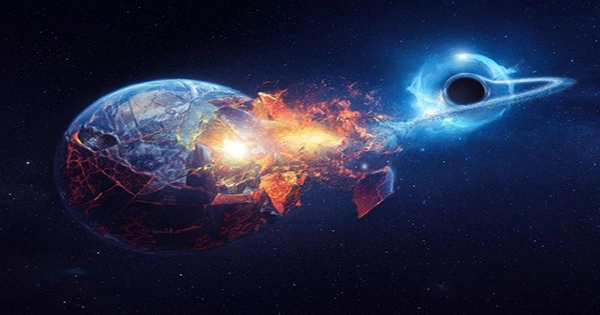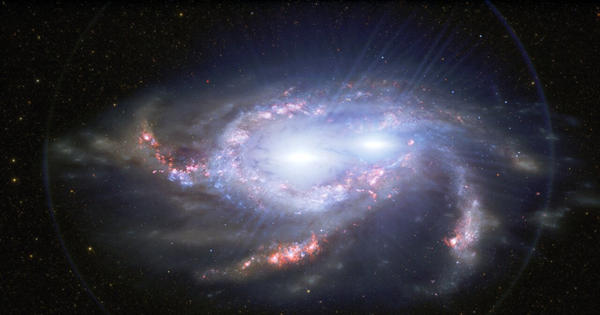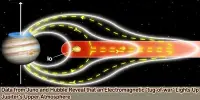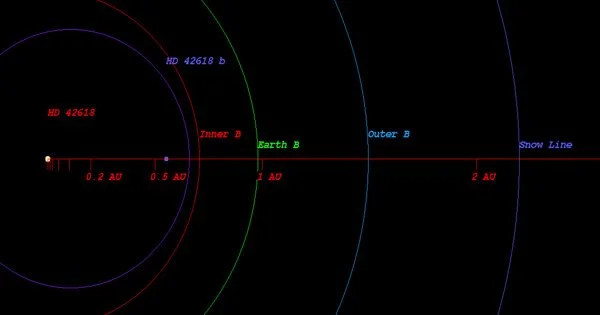There is a supermassive black hole at the heart of practically every galaxy, weighing millions, if not billions, of times the mass of our Sun. If a recent article is right, there are numerous tiny black holes interacting and merging with some of the larger ones. The environment near supermassive black holes, according to Nature, might be suitable for stellar-sized black hole collisions like GW190521. This event was unique in that it revealed two black holes circling each other in a non-circular (geometrically eccentric) orbit, which had never been seen previously.
The merger was also the heaviest to date, as well as the first to have a possibly light counterpart, causing a buzz of excitement and uncertainty. Supermassive black holes, according to the multinational team, might be key in making these mergers more possible. “The normal velocity and density of black holes in these settings is so great that smaller black holes bounce around like billiard balls, and broad circular binaries cannot arise,” said co-author Professor Bence Kocsis of the University of Oxford in a statement.
The supermassive black hole, on the other hand, is insufficient. There are two more essential actors in facilitating the unique union of these black holes – especially because they believe it was a repeat merger rather than a first-time one. “New research shows that the gas disk is vital in catching tiny black holes, which travel closer to the core and to one other over time.” This not only means they meet and form couples, but also that one of them may interact with a third black hole, resulting in a chaotic tango with three black holes floating around,” said Tohoku University co-author Hiromichi Tagawa.
Geometry, in addition to gas, was a significant characteristic. At first, the researchers analyzed collisions in three dimensions, but when they reduced it to a single plane of contact, they realized that instances like GW190521 were far more common. “But then we wondered what would happen if the black hole interactions took place in a flat disk, which is more akin to a two-dimensional environment.” Surprisingly, we discovered that in this limit, the probability of forming an eccentric merger increases by up to a hundred times, implying that about half of all black hole mergers in such disks may be eccentric,” explained lead author Johan Samsing of the Niels Bohr Institute at the University of Copenhagen.
“And that discovery fits amazingly well with the 2019 observation, which all goes in the direction that the otherwise outstanding features of this source, assuming it was generated in a flat gas disk encircling a super large black hole in a galactic center, are not so weird anymore.” Black holes appear to be playing a cosmic game of billiards. More incidents like these will help scientists better comprehend not only gravity waves and stellar-sized black holes, but also the severe environment around supermassive black holes. “However, where and how can such black holes arise and merge in our Universe?” Is it caused by adjacent stars collapsing and both becoming black holes, by close chance interactions in star clusters, or by something else entirely? These are some of the most important questions in the new era of gravitational wave astronomy, according to Samsing.
















